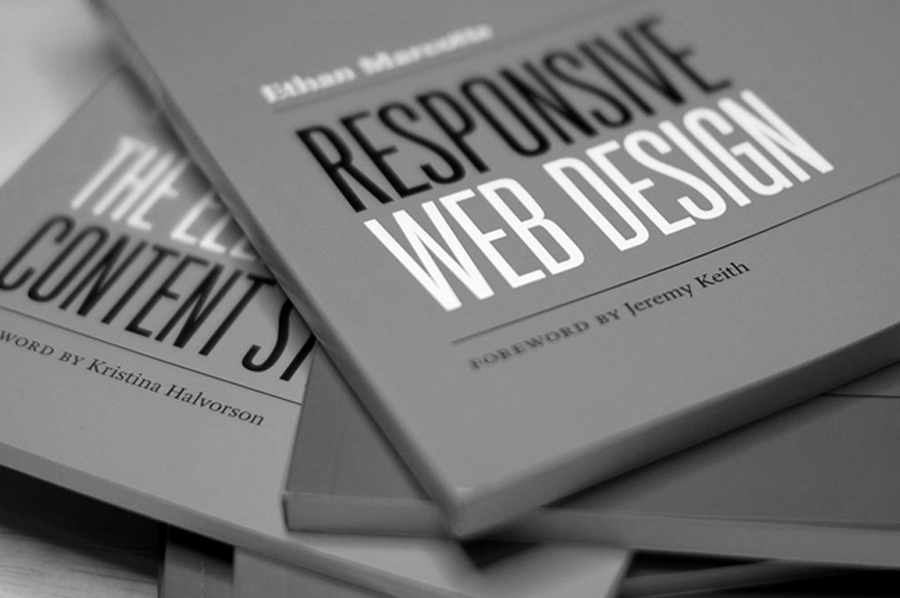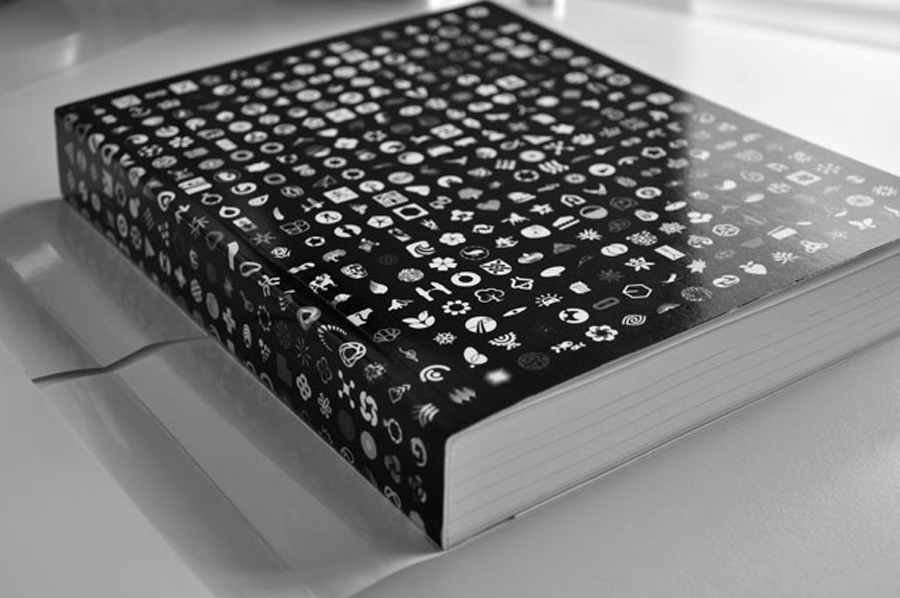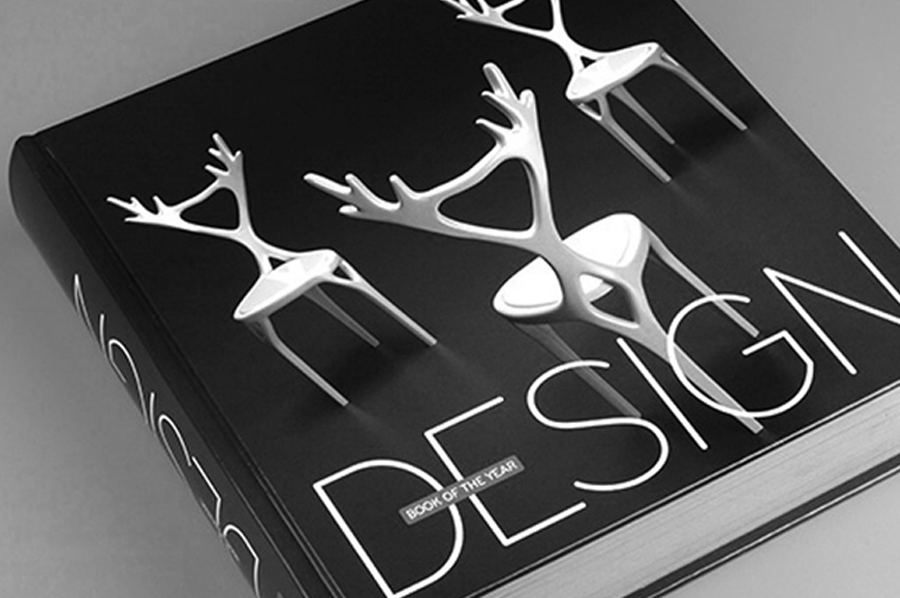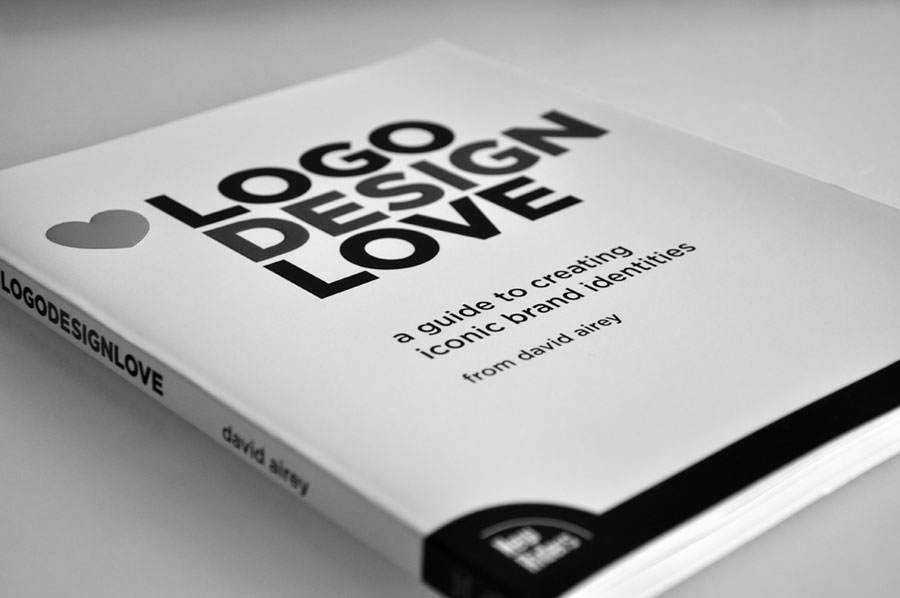Matt Gemmell, in a great piece on the “cancer of the compromise”:
The most egregious example of a terminal constraint is the constraint of choice, and we see it in every electronics store. Devices littered with ports, switches and throwaway features. PC-Card slots, VGA connectors and modem ports can actually still be found. Internal optical drives, banks of USB ports, and ethernet jacks. Kickstands, and even a stylus. They look like choices for the user, but they’re actually choices that weren’t made by the designers.
The result is products that are riddled with cancer of the compromise. Yet our industry lionises the accompanying spec-sheets. Look at all these failures of imagination and commitment and judiciousness!
Gemmell illustrates beautifully why choice is great until you have to choose.
I’d rather use opinionated hardware and software (i.e., Apple products) crafted from carefully-conceived design decisions than use hardware and software that includes everything but the kitchen sink (i.e., Android and Windows products) because the designers think it’s important to account for every single use case in the known universe. Then it’s just a ill-conceived, choiceless free-for-all.
But, you know, not everyone likes someone else being the final arbiter.




